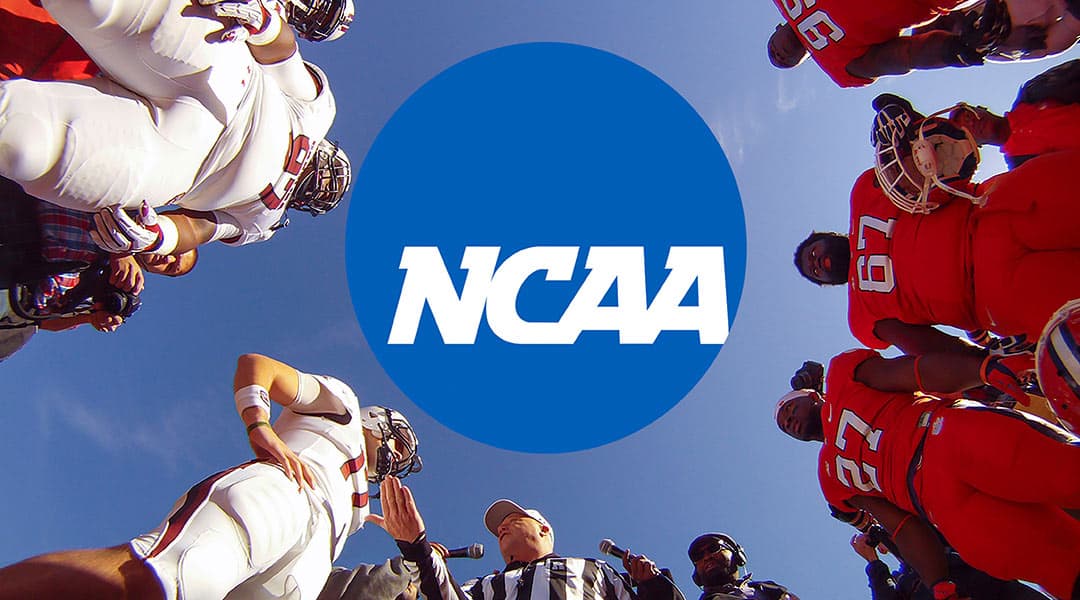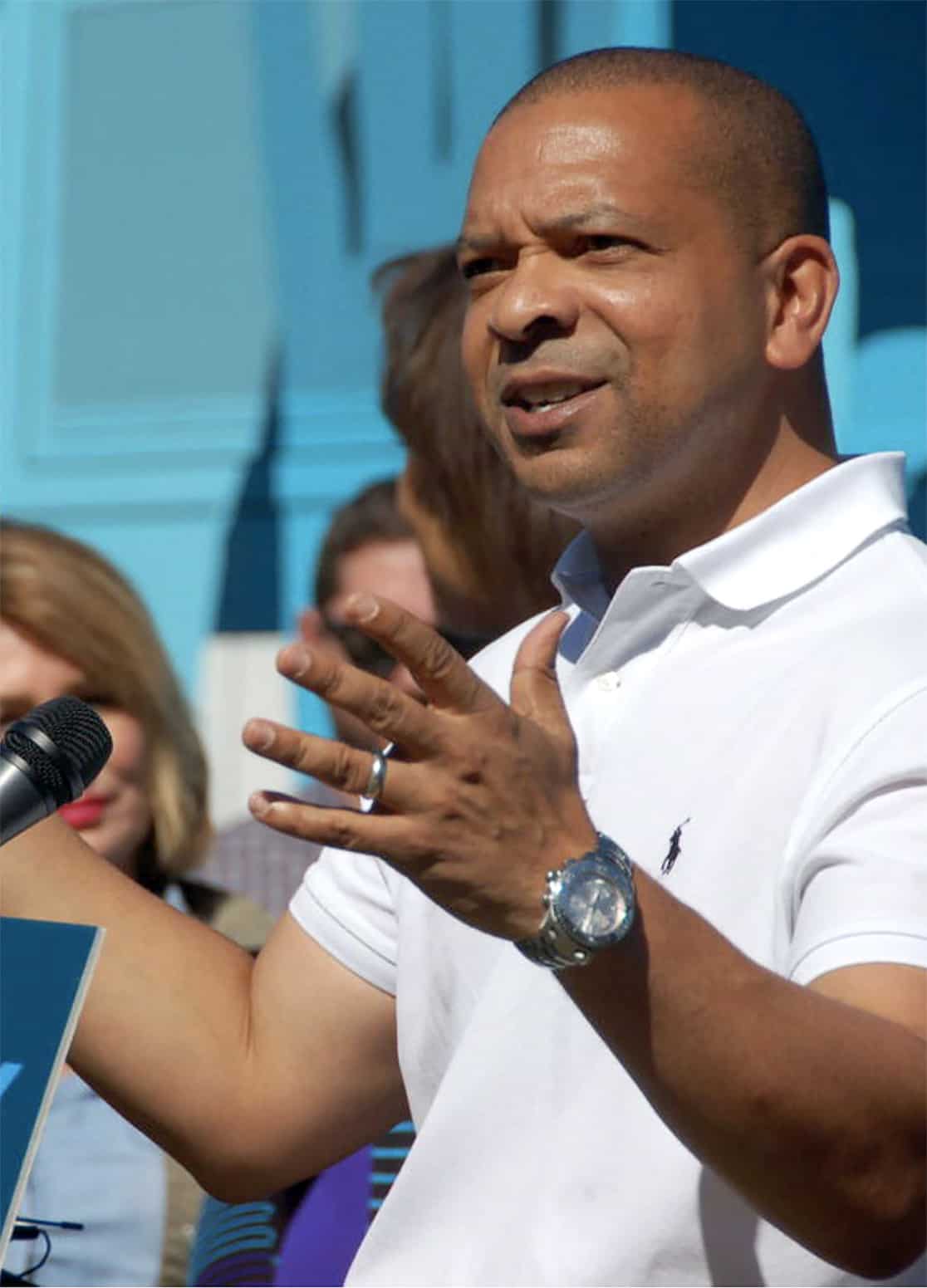The NCAA’s vote Tuesday didn’t make changes to current bylaws. The vote allows the NCAA’s three divisons to make changes to potentially allow student-athletes to profit from their name, image and likeness. Credit South Carolina Athletics.
The NCAA’s top governing board voted unanimously Tuesday to potentially allow student-athletes to profit from their name, image and likeness. But, this vote does not mean that the NCAA has ruled that student-athletes can be paid yet.
Mark Nagel, sport and entertainment professor at the UofSC, said many people are calling this a “smokescreen” by the NCAA because the NCAA didn’t say they’ve actually changed their rules.
“What the NCAA did say was we’re going to prevent anyone from changing our rules. So, now each division has the ability to change their own rules and how they’re going to have this go forward. Nothing really changed yesterday with the NCAA ruling, but it enabled the NCAA divisions, particularly Division I because that where most the money is, to decide what their rules are going to be going forward,” Nagel said.
Nagel heavily researched and served as a consultant on the O’Bannon v. NCAA litigation in which former UCLA basketball star Ed O’Bannon sued the NCAA for selling his image to be used in the NCAA Basketball 09 video game. The NCAA’s decision to vote was likely sparked by California’s Fair Pay To Play Act that was passed in September. The bill will allow student-athletes to negotiate contracts for the use of their names, image and likeness. California’s bill will go into effect in January 2023.
Nagel believes the recent push for student-athletes to be paid is because college athletics has become such a large business in recent years.
“The money has grown so enormous and the commercialization of big-time college athletics has expanded so much and grown into such a big big enterprise. But, along with that members of congress have been hearing more about what’s going on and more constituents and athletes who are currently in the system or formerly in the system have said, ‘hey theres a lot of money involved and very little of it goes in relationship to what’s earned to the football and men’s and women’s basketball players’,” Nagel said.
Michael V. Drake, the chair of the NCAA’s Governing board and the president of Ohio State University, said in a press release, “We must embrace change to provide the best possible experience for college athletes.”
“Additional flexibility in this area can and must continue to support college sports as a part of higher education. This modernization for the future is a natural extension of the numerous steps NCAA members have taken,” Drake said.
The board also noted that modernization should occur within several principles and guidelines including:
- Assure student-athletes are treated similarly to non-athlete students unless a compelling reason exists to differentiate.
- Maintain the priorities of education and the collegiate experience to provide opportunities for student-athlete success.
- Ensure rules are transparent, focused and enforceable and facilitate fair and balanced competition.
- Make clear the distinction between collegiate and professional opportunities.
- Make clear that compensation for athletics performance or participation is impermissible.
- Reaffirm that student-athletes are students first and not employees of the university.
- Enhance principles of diversity, inclusion and gender equity.
- Protect the recruiting environment and prohibit inducements to select, remain at, or transfer to a specific institution.
The NCAA said the decision was a collaborative effort based on recommendations from the NCAA Board of Governors Federal and State Legislation Working Group, which includes presidents, commissioners, athletics directors, administrators and student-athletes.
State Sen. Marlon Kimpson, D-Charleston, plans to reintroduce a bill in the South Carolina Legislature in 2020 that would require Division 1 colleges to pay student-athletes that play football and basketball. He said that yesterday’s action by the NCAA was a step in the right direction, “but the devil is in the details.”
“I applaud the decision, but it’s still early, we have to read the details. I can’t react to my legislative plans until I read the details about the NCAA’s filing,” Kimpson said. “Until then, we’ve got gas in the gas tank and we gotta keep pressing forward.”
The board’s decision did not make a change to current NCAA bylaws, which would make it legal to pay student-athletes for their image and likeness. Instead, The Board of Governor’s ordered an “action” which directs their three divisions (DI, DII, and DIII) to consider updates to relevant bylaws and policies for the 21st century.
Tuesday’s vote simply ordered NCAA’s divisions to consider allowing athletes to profit from their names, image and likeness. The board asked each division to create any new rules beginning immediately but no later than January 2021.







